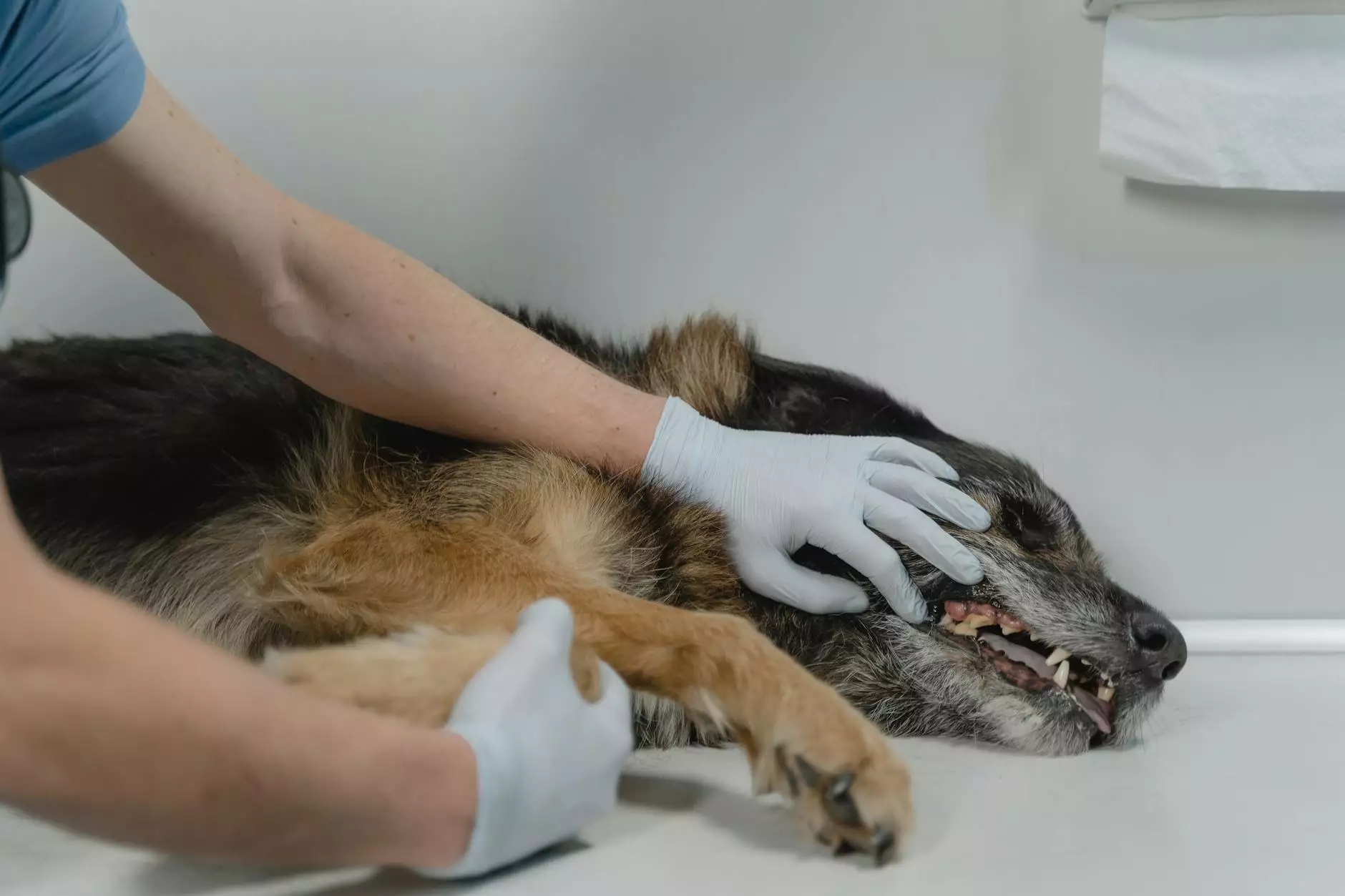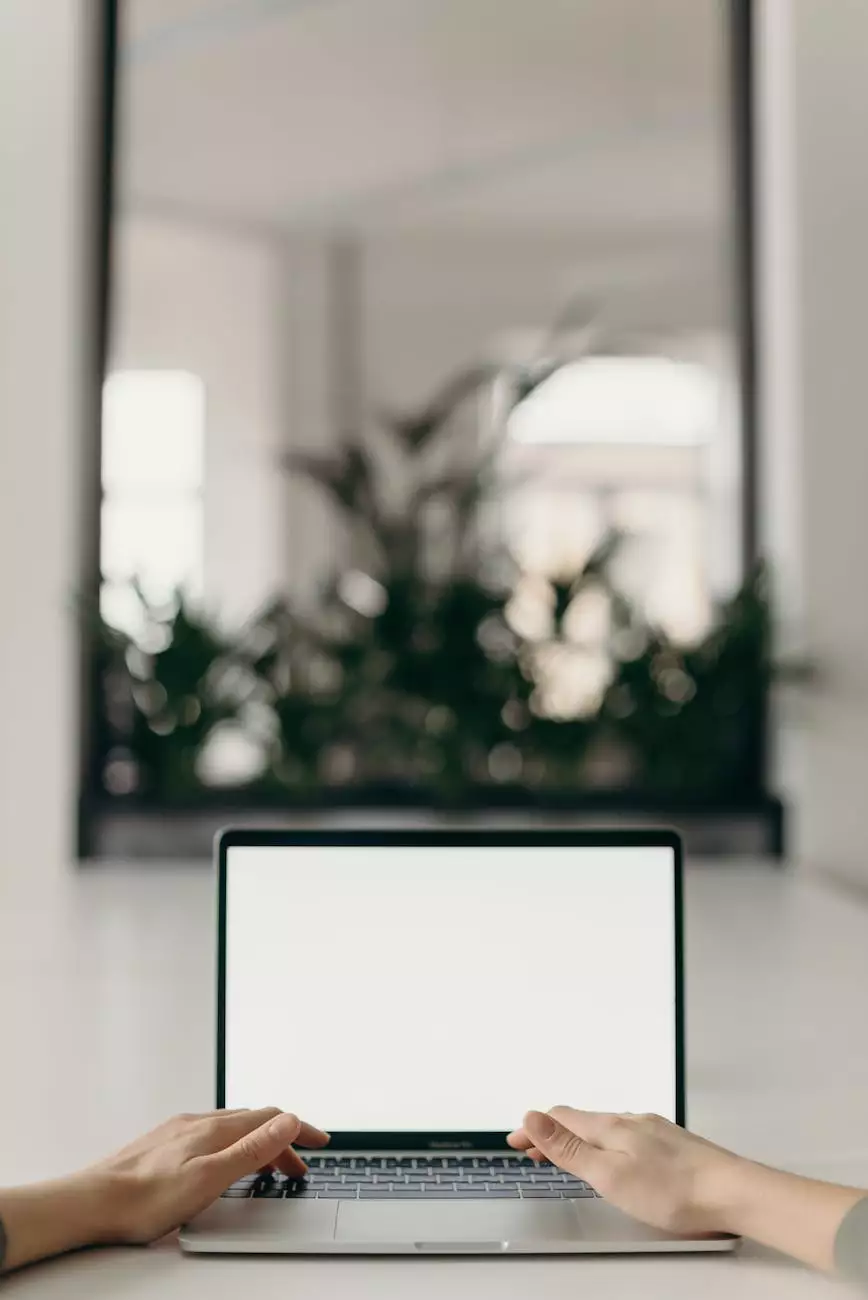Where to Start When Training Your Puppy
Resources
Welcome to Lasers4Horses' comprehensive guide on puppy training! If you're a proud pet parent and want to ensure your furry friend becomes a well-behaved and obedient companion, you've come to the right place. This article aims to provide you with a step-by-step roadmap to start training your puppy effectively.
The Importance of Early Puppy Training
As pet owners, we all want our puppies to grow into well-mannered, socialized, and happy members of our families. This is why starting the training process as early as possible is crucial. Early puppy training helps establish a strong foundation for future behavior, sets boundaries, and builds positive habits that will benefit your puppy throughout their life.
Creating a Positive Training Environment
Before diving into the specific training techniques, it's essential to create a positive and conducive environment for your puppy's training sessions. Here are some key aspects to consider:
- Choose a Quiet Space: Find a quiet area in your home or a secure outdoor space where you can focus on training without distractions.
- Use Positive Reinforcement: Reward-based training methods using treats, praise, and affection will motivate your puppy and make learning enjoyable.
- Establish a Routine: Consistency is key in puppy training. Set a regular schedule for training sessions, feeding, and bathroom breaks to help your puppy understand expectations.
Basic Training Commands
Now, let's dive into some of the fundamental commands you'll want to teach your puppy:
Sit Command
The sit command is one of the first behaviors your puppy should learn. It establishes their ability to follow basic instructions and promotes impulse control. Follow these steps to teach your puppy to sit:
- Hold a Treat: Hold a treat close to your puppy's nose, allowing them to smell it but not eat it.
- Raise the Treat: Slowly raise the treat above your puppy's head, causing their nose to follow the food. As their head goes up, their bottom should lower naturally.
- Give the Command: Once your puppy is in the sitting position, say the word "sit" clearly and praise them enthusiastically.
- Repeat and Reward: Practice the sit command in short, frequent sessions. Reward your puppy with a treat and praise each time they successfully sit on command.
Stay Command
The stay command builds self-control and helps keep your puppy safe in potentially dangerous situations. Follow these steps to teach your puppy to stay:
- Start with "Sit": Begin with your puppy in a sitting position.
- Open Your Hand: Extend your hand with the palm facing outward, as if signaling "stop."
- Use a Verbal Cue: Clearly say the word "stay" while keeping eye contact with your puppy.
- Take a Step Back: Slowly take one step back. If your puppy remains in the "stay" position, offer praise and a reward.
- Gradually Increase Distance and Duration: As your puppy progresses, continue taking small steps back and gradually increase the duration of the "stay" command.
Potty Training Your Puppy
Potty training is a vital aspect of puppy training to ensure a clean and hygienic home environment. Here are some key steps to guide you through the potty training process:
- Establish a Designated Area: Choose a specific spot outside where you want your puppy to relieve themselves. Lead them to this spot consistently during bathroom breaks.
- Create a Schedule: Set a regular routine for feeding and bathroom breaks. Consistency helps your puppy develop a bathroom routine.
- Recognize Signs: Learn to recognize signs that your puppy needs to go, such as sniffing, circling, or restlessness. Immediately bring them to the designated area.
- Use Positive Reinforcement: When your puppy eliminates in the correct spot, reward them with praise, treats, or playtime to reinforce the desired behavior.
- Be Patient: Accidents may happen during the potty training process. Stay patient and avoid punishment, as it can create fear or confusion in your puppy.
Socialization and Obedience Training
In addition to basic commands and potty training, socialization and obedience training are crucial for your puppy's overall development. Consider the following tips:
- Expose Your Puppy to New Experiences: Introduce your puppy to various people, animals, environments, and everyday situations to build their confidence and teach them appropriate behavior.
- Enroll in Puppy Classes: Puppy training classes provide structured socialization and obedience training under the guidance of professional trainers.
- Practice Leash Walking: Teach your puppy to walk politely on a leash to ensure their safety during walks and outings.
- Address Behavior Issues: Seek professional help if your puppy exhibits behavioral problems such as aggression, fearfulness, or excessive barking.
Remember, training your puppy takes time, patience, and consistency. Each puppy is unique and will progress at their own pace. By following these guidelines and customizing them to suit your puppy's needs, you're on the path to successfully training a well-behaved, happy, and healthy companion.




